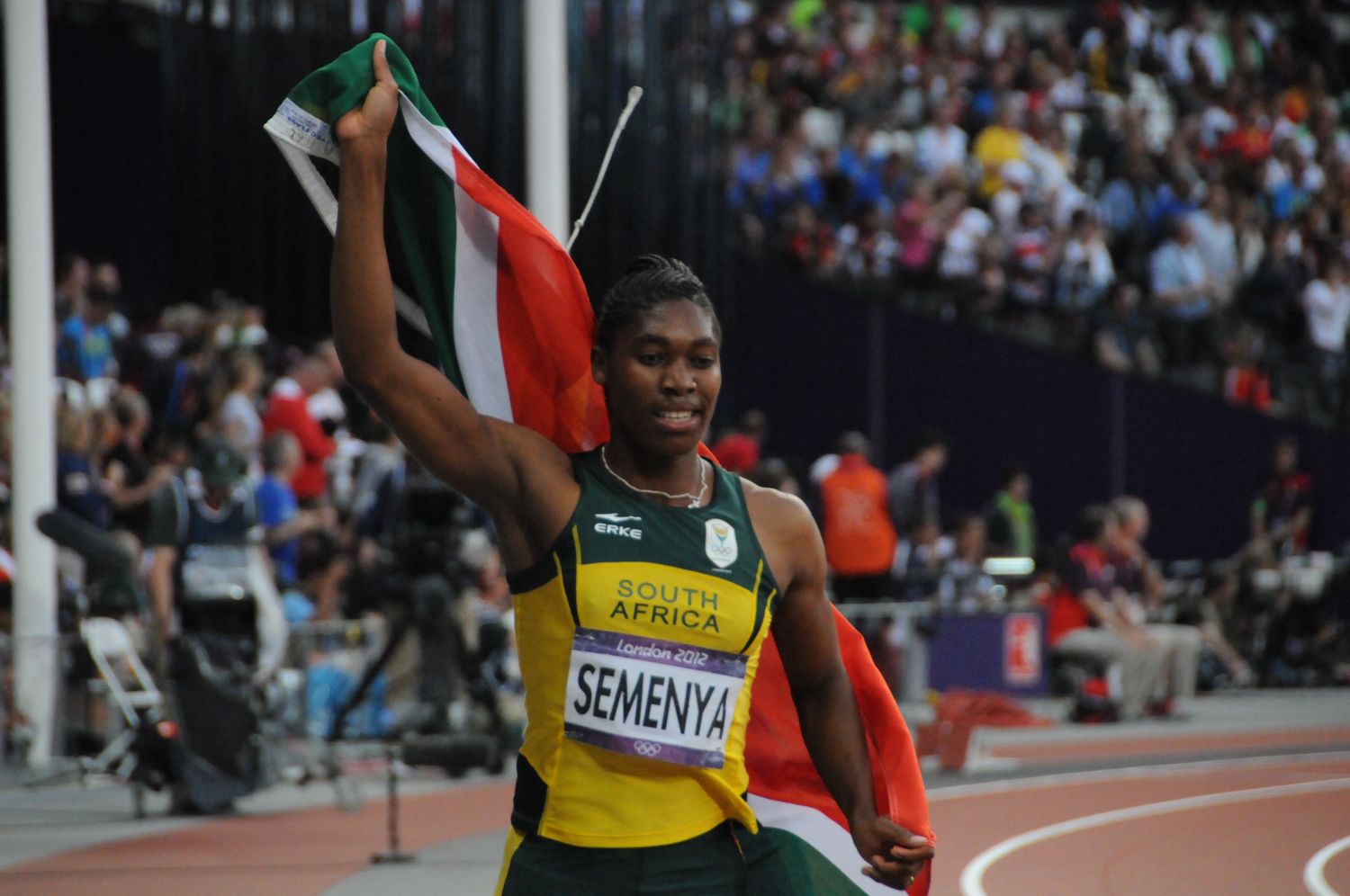Sex verification in sport has been debated for decades, with the likes of Ewa Kłobukowska and Caster Semenya being banned from women’s sports in the process. As more athletes were prohibited from competing at the 2020 Tokyo Olympics earlier this year, the debate is far from over.
Regulations have evolved over the years, as our understanding of sex and intersexuality progresses. Sex verification was initially in the form of physical examinations during the 1960s, then replaced by genetic tests. At the 2012 London Olympics, a new regulation was put in place, whereby eligibility to compete in the female classification depended on an athlete’s testosterone levels. The legislation was hugely unpopular, with the appeal of Indian sprinter Dutee Chand resulting in the regulation’s suspension. It was determined that there was insufficient evidence to show that elevated testosterone levels give athletes a sporting advantage. Testosterone can certainly induce muscle growth, but in many sports other skills, namely agility and coordination, shape the level of an athlete’s success.
As a result of Chand’s successful appeal, researchers funded by World Athletics, formerly known as the International Association of Athletics Federations (IAAF), published studies claiming that higher testosterone levels confer a significant sporting advantage in 400m to 1-mile running events. Despite some criticising the integrity of the data, new regulations were implemented based on this evidence in 2018. It mandated female athletes with ‘Differences in Sex Development’ (DSDs) to lower their testosterone levels if they choose to compete in the female classification of such events.
The legislation was challenged by intersex athlete Caster Semenya back in May 2019: “Excluding female athletes or endangering our health solely because of our natural abilities puts World Athletics on the wrong side of history”. In response, the regulations were upheld, as the Court of Arbitration for Sports (CAS) ruled the differential treatment of intersex athletes “necessary, reasonable and proportionate”. At this year’s Tokyo Games, the eligibility of athletes was determined by individual sporting federations.
“Therefore, contrary to popular belief, sex is not binary. Such variations may be uncommon in the general population, but some have suggested that intersexuality is far more common amongst elite athletes”
Before proceeding any further, it should be pointed out that intersexuality is different to transgenderism. Intersex people are born with ambiguous sex, while transgender people feel their gender and sex are misaligned. Consequently, the regulations are different for the two situations, and this article focuses strictly on the former.
The science behind World Athletics’ legislation
It’s commonly accepted that gender is an individual choice of identification, while sex is an unalterable, congenital trait. The definition of sex is multi-faceted: genetic sex is the possession of XY chromosomes in males and XX chromosomes in females, gonadal sex is the possession of testes in males and ovaries in females, and anatomic sex is the possession of penises for males and vaginas for females. In most cases, sex differentiation is straightforward: females will inherit XX chromosomes, which means they subsequently develop ovaries and a vagina, with the opposite being true for males.
However, in a minority of cases, some individuals can possess a mixture of both male and female biological traits. For example, they may have XX chromosomes and ovaries yet have external genitalia somewhat resembling a penis. These deviations from biological expectation are known as intersexuality, or DSDs. Therefore, contrary to popular belief, sex is not binary. Such variations may be uncommon in the general population, but some have suggested that intersexuality is far more common amongst elite athletes.
The newest World Athletics eligibility regulations only apply to intersex athletes. Non-intersex women with testosterone levels above the 5nmol/L limit are not required to lower their testosterone production in order to compete in the female category. Although it’s recognised that non-intersex women can also have elevated testosterone levels, especially those suffering from polycystic ovary syndrome or adrenal tumours, their levels rarely exceed the 5nmol/L limit. Furthermore, there is ambiguity in the regulations, such that intersex athletes with some specific DSD variations might arbitrarily be exempt too.
What are the aims of the DSD regulations?
Records show that there is a performance difference between men and women in most sports. No doubt, non-physiological factors such as funding contribute to the gap, but biological factors undeniably play a role too. World Athletics believes that the higher testosterone levels in men is the main reason for their sporting advantage over females. However, this argument may be flawed given that higher testosterone levels only correlate with better performance in a limited range of running events.
“When athletes are segregated into male and female classifications, those in the middle of the spectrum, or those who are intersex, will inevitably be treated differently compared to non-intersex athletes”
The aim of the DSD regulations was not to verify sex; it was to distinguish athletes with a competitive advantage from those without. Yet, by permitting non-intersex female athletes to have a testosterone level exceeding the 5nmol/L limit, the governing body is not separating athletes into the male and female classifications solely according to testosterone levels. In fact, the organisation is seeking to define and verify sex.
Testosterone is one of the key factors that determines anatomic sex and, as its levels rise, an individual’s sexual characteristics become increasingly masculine. But at what specific point on this spectrum does a woman become a man? Any line drawn to segregate males and females will be arbitrary. Moreover, the definition of sex is evidently complicated, given that genetic, gonadal, and anatomic sex can be independent of each other in intersex individuals. When athletes are segregated into male and female classifications, those in the middle of the spectrum, or those who are intersex, will inevitably be treated differently compared to non-intersex athletes.
By definition, intersex individuals do not fit into the binary constructs of the male and female sexes. It is therefore problematic to think of intersex athletes simply as females with an inborn sporting advantage due to their increased testosterone levels.
Striking a balance between sporting integrity and intersex rights
One proposed solution is the creation of a third classification in sports. However, such a decision would risk alienating athletes with DSDs, as for some their intersexuality does not become known until puberty or even during adulthood. They may have been raised as a certain sex their entire life, and therefore forcing them to compete in a completely separate category of competition would be both unfair and unethical. Additionally, the terms ‘DSD’ and ‘intersexuality’ broadly cover many different types of biological variations, making it hugely problematic to subject all intersex athletes to standardised regulations.
There is no simple answer to this debate, and a satisfactory solution will not be found in the foreseeable future; our scientific knowledge simply remains lacking, especially in the field of athletic performance. A good first step would be to eliminate the non-physiological contributors to performance differences between the sexes by increasing both the investment in and marketing of women’s sport. As a result, the physiological contributors to performance differences would be better elucidated and thus inform policy making. Meanwhile, World Athletics must address the ambiguities and contradictions in its existing DSD regulations.
But most importantly, the underlying science behind intersexuality and the nitty-gritty details of DSD rules need to be better communicated to the general public. Only then can we have meaningful conversations that strive towards the most fair and ethical way to classify athletes according to their abilities.


